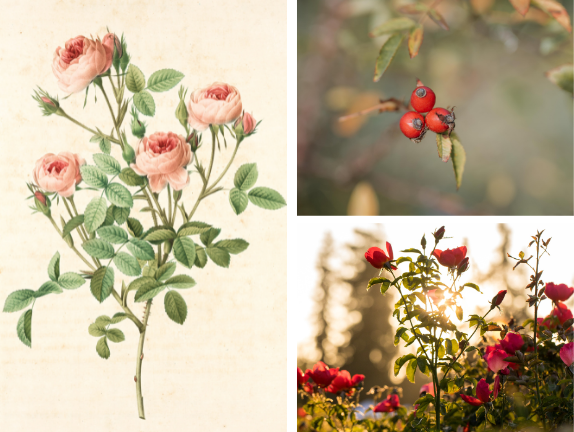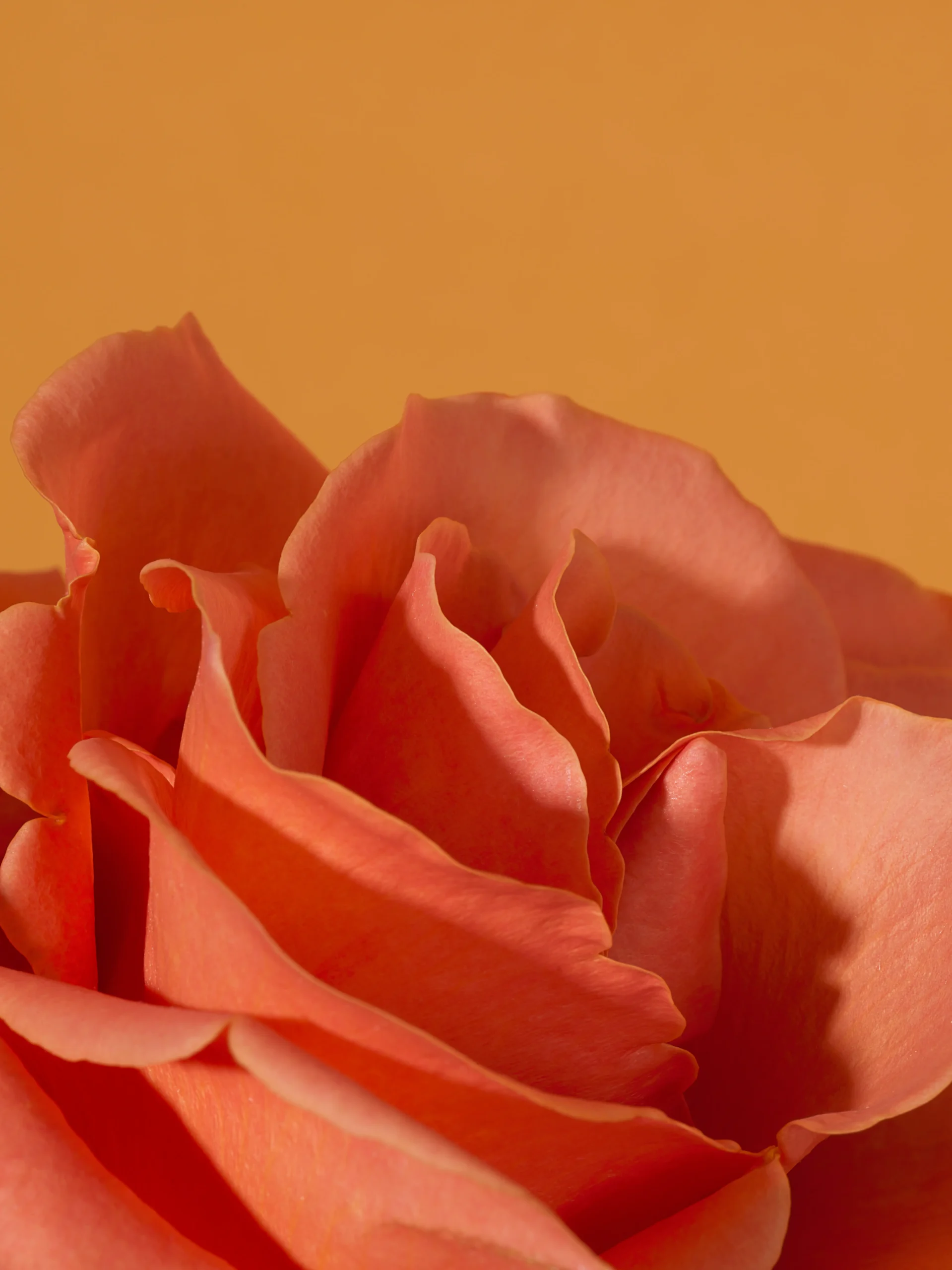Rosa spp
Latin Name: Rosa spp
Herb Class/Action: nervine, antioxidant, astringent, cardiotonic
Parts Used: flowers, fruit (hips)
Flavors: astringent, sweet
Energetics: cooling, drying
Traditional Benefits: mood support, heart support, Shen support, musculoskeletal system support, immune system support, skin support, supports reproductive health, supports liver health, supports sexual health, healthy inflammatory response support
Not just stunning to look at, our beloved Rose imbues us with her beauty both internally and externally. Antioxidant-rich, soul-nourishing, and supportive to the mind and heart, roses have been used in traditional remedies for centuries to clear “heat,” open the heart, move Blood and Qi, and promote healthy emotional balance.*
A symbol of love, beauty, strength, and softness—roses are some of the most commonly planted and gifted flowers, simply for their aesthetic wonder. While we love her for that, the rose has serious depth as well: used in food and as traditional medicine, both topically and internally.
Rose is packed with nutrients: vitamins B, C, K, and E; flavonoids, zinc, polyphenols, magnesium, potassium, and more. Rose hips (the part of the flower just below the petals, containing the seeds) and rose petals are both used in traditional preparations.

The essential oil may be extracted, the flower petals may be dried and used in teas or picked fresh and added to bathwater or made into an essence.
As a symbol of romance and intimacy, Rose can help us connect to our emotions, ease distress, and bring balance to the heart. This herb is said to help get things moving—whether that’s breaking up stagnation within the womb space or helping us feel and move through our emotions.
Rose encourages us to speak our emotions out loud. To be with them, to see them, to journal them, to move them physically even by softening tension within the physical body that so often prevents us from being as active as we’d like to be. She also acts on the lack of motivation to move that may be present when one is so disconnected from their heart and emotions, feeling stuck, lost, or defeated.
Rose promotes not only the healthy, normal flow of blood and balance of hormones, but a healthy expression, processing, and release of emotions as well. She helps to grant us the ability to keep flowing and moving forward, just as she encourages our blood and Qi to move with vigor and discernment. Rose allows one to be open and resilient; to develop perspective around our grief and pain so that one may be able to find courage, meaning, and connection through the madness. Rose helps us to be gentle with ourselves and slow down so that we may see and feel what we’ve been avoiding, and finally step forward into a realm of possibility that is only available through presence and intimacy with oneself, others, and life in general.
You know what else we love about the rose? She knows how to set and maintain boundaries. Just like the rose’s thorns protect the beautiful flower, so does the flower help us keep our heart open while protecting our energy. Rose, as both a symbol of softness and strength, helps us trust ourselves, honor our body, and connect intimately.
According to Greek mythology, the creation of the rose is linked to the Goddess of Love, Aphrodite

